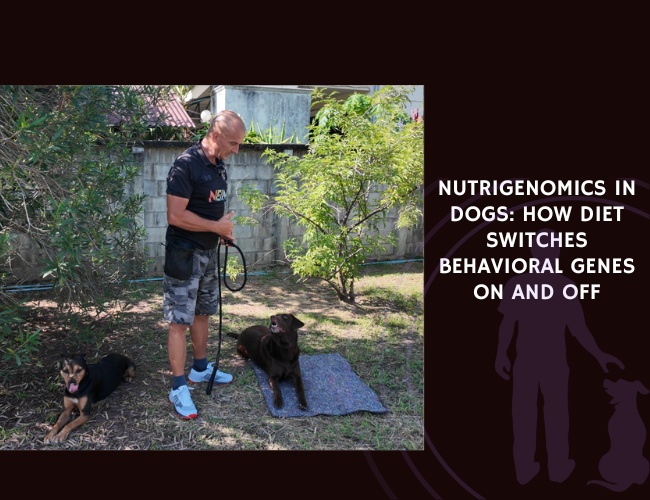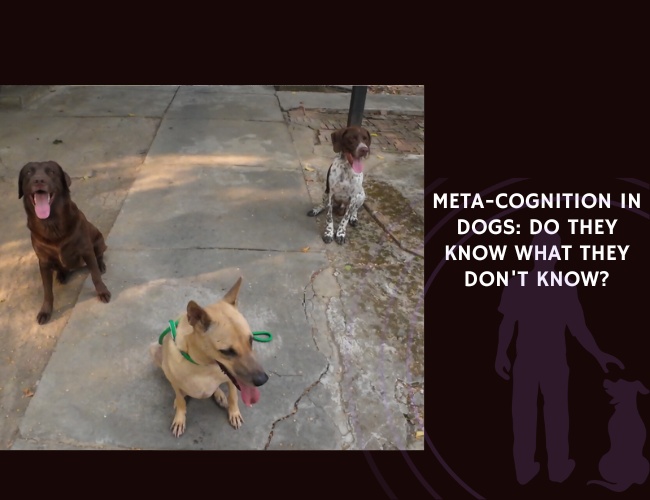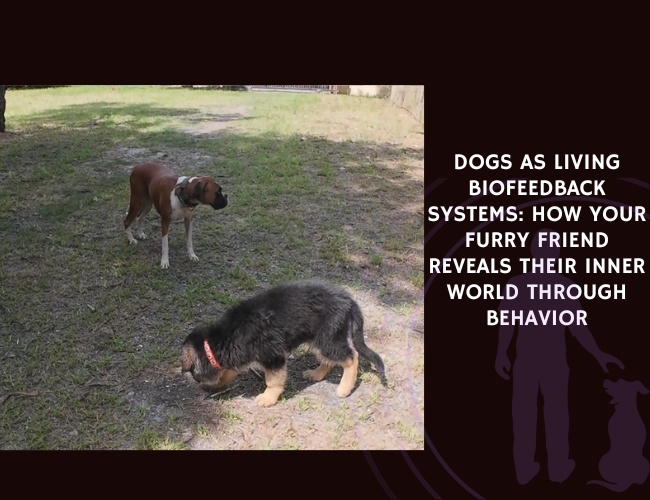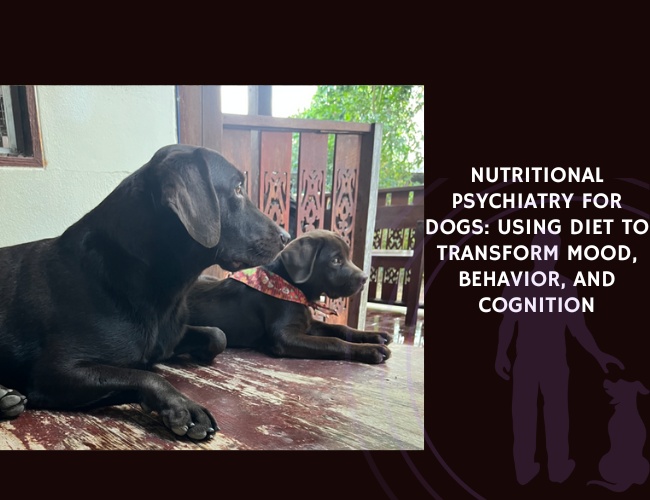Published in Animals by Anastasia Shabelansky and Seana Dowling-Guyer (2016), the study explored owner-reported experiences with dogs that exhibit high excitability. Using self-administered online surveys, researchers gathered data from a self-selected sample of dog owners who were already coping with excitable canine behavior.
The findings showed that certain routine situations repeatedly triggered excitable behavior, with the most common being the arrival of the owner or other people to the dog’s home. These episodes typically involved hyperactivity, excessive barking, jumping, and difficulty calming down.
Notably, the study also found that many excitable dogs also displayed other behavioral issues, including disobedience, destructive chewing, chasing, and persistent barking. Owners frequently described themselves as very frustrated, reflecting the emotional and practical strain these behaviors imposed on daily life.
Although the study relied on self-reported data and a targeted sample—limiting its generalizability—it still offers key insights for trainers, veterinarians, and shelters. The authors emphasize that better education, support tools, and training resources are needed to help owners manage excitability in dogs and potentially prevent relinquishment to shelters.
This research highlights the urgent need for deeper scientific inquiry into excitable behavior in companion dogs, aiming to support more effective behavioral interventions and improve the quality of life for both dogs and their humans.
Source: Anastasia Shabelansky, Seana Dowling-Guyer. “Characteristics of Excitable Dog Behavior Based on Owners’ Report from a Self-Selected Study.” Animals, 2016-03-01. Volume 6. MDPI.










